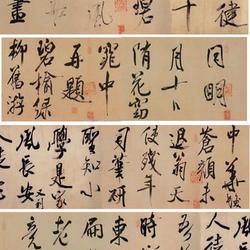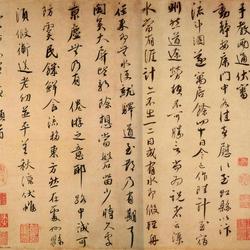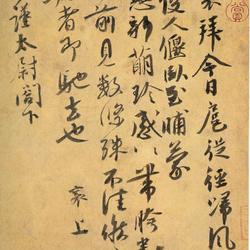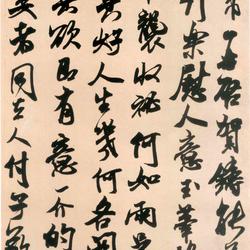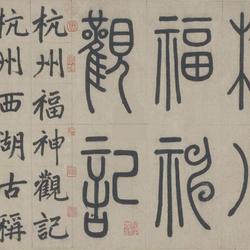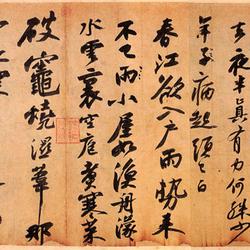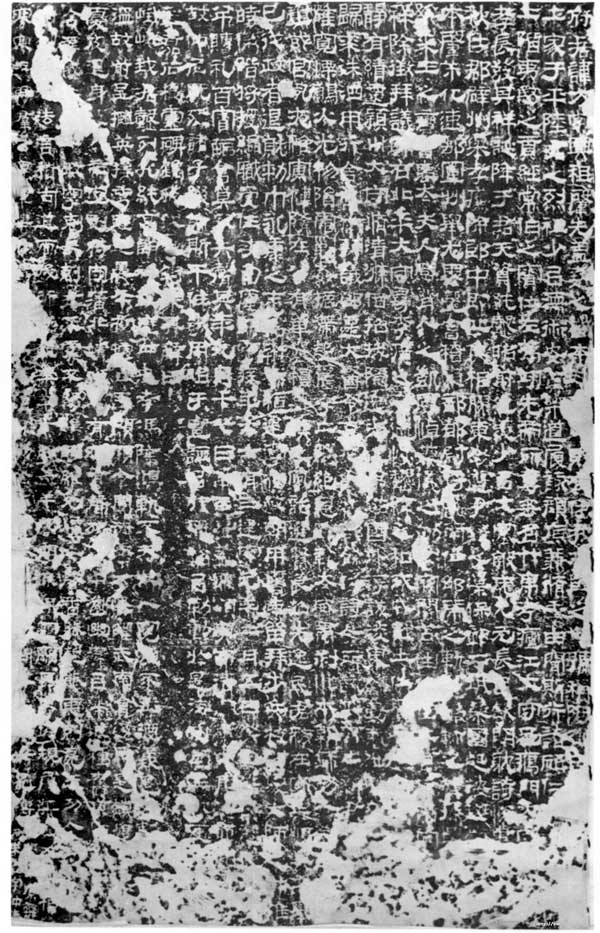
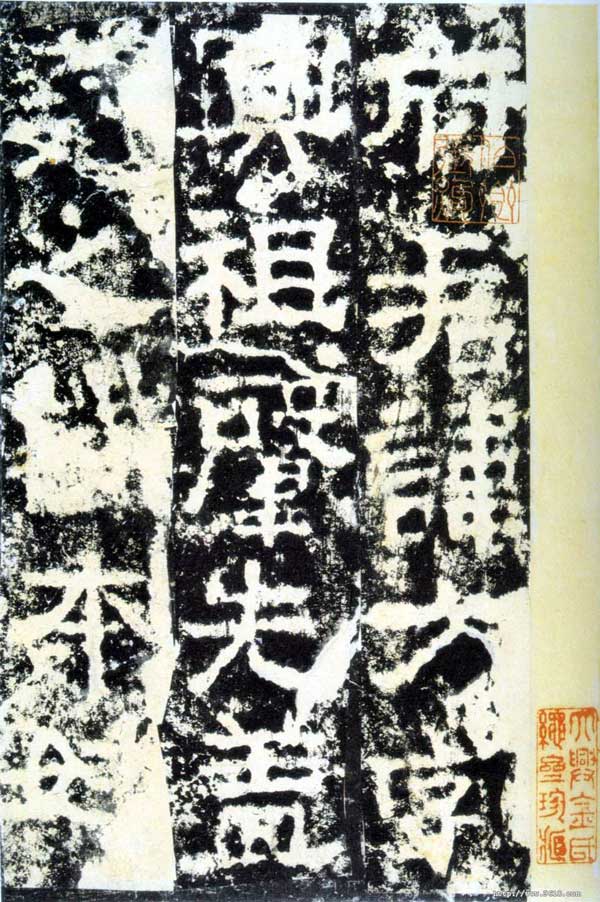
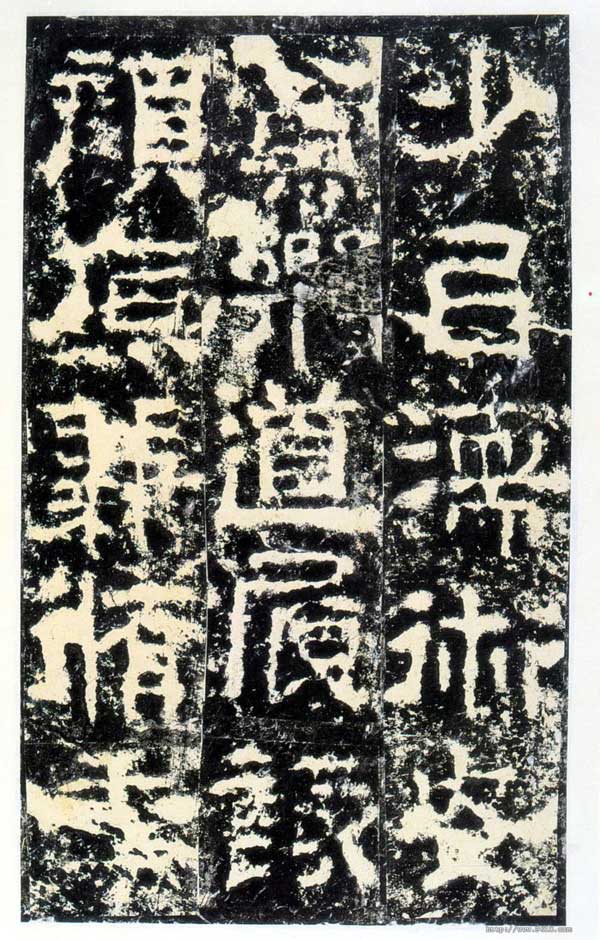
The full name of "Heng Fang Stele" in Han Dynasty is "Wei Wei Qing Heng Fang Stele". The inscription is in official script, with a total of twenty-three lines, each line having thirty-six characters. There is a stele in the shade, only two columns of titles remain, and the rest are scattered. This stele was engraved in the first year of Jianning (AD 168) by Emperor Ling of the Eastern Han Dynasty and is now in the Dai Temple in Tai'an, Shandong.
In terms of the general calligraphy style, "Hengfang Stele", "Zhang Qian", "Xianyu Huang", "Jingjun", "Yige" and other steles all belong to the category of simple and powerful in the Han Dynasty. The forehead of the stele is engraved with the cross "Stele of Wei Wei Qing and Heng Mansion Lord of the Han Dynasty" engraved on the yang side, which is vigorous and square; the inscription is engraved on the side with a thick and clumsy pen, the structure is broad and smooth, and the words between the lines are dense without leaving any gaps. Yao Hua said: ""Jingjun" is ancient, but its momentum is very strict, and it is not as good as "Hengfang", which changes from peace to peace, and from strictness to danger." Yang Shoujing also said that it is "ancient, strong and plump. Many books written by people from the Northern Qi Dynasty were published from this time, and it should not be ranked under the "Huashan Stele"."
It should be noted that the influence of this school of calligraphy on later generations is indeed profound and great. Some people say that during the Taihe period of the Northern Wei Dynasty (AD 477-499), Luoyang calligraphy style changed from this. Some people say that it not only inspired Yan Lugong, but also Ouyang Xunshu in the early Tang Dynasty was related to it. relationship; as for the powerful and broad official scripts of Yi Bingshou in the Qing Dynasty, Wu Changshuo and Qi Baishi in modern times, they also benefited from this stele.
In short, the obvious characteristics of "Hengfang Stele" in calligraphy art can be summarized as "square", "heavy" and "man". The so-called "square" is mainly reflected in the use of brushes and structure; the so-called "heavy" is mainly reflected in the posture and charm; the so-called "full" is mainly reflected in the layout and form. It is precisely based on these artistic characteristics that the predecessors used this stele as a method to treat the diseases of poverty and weakness and enhance the spirit of generosity.

